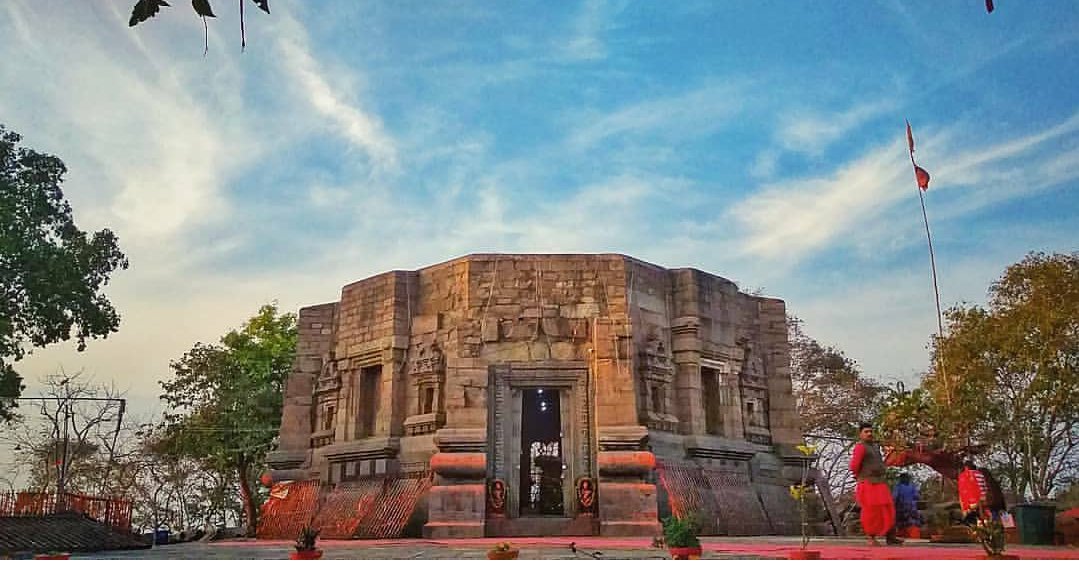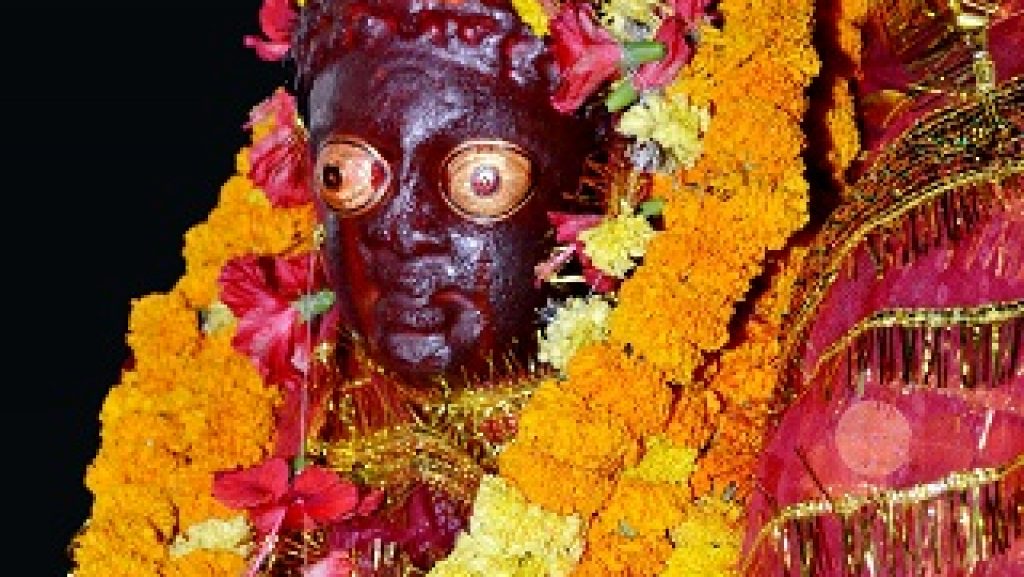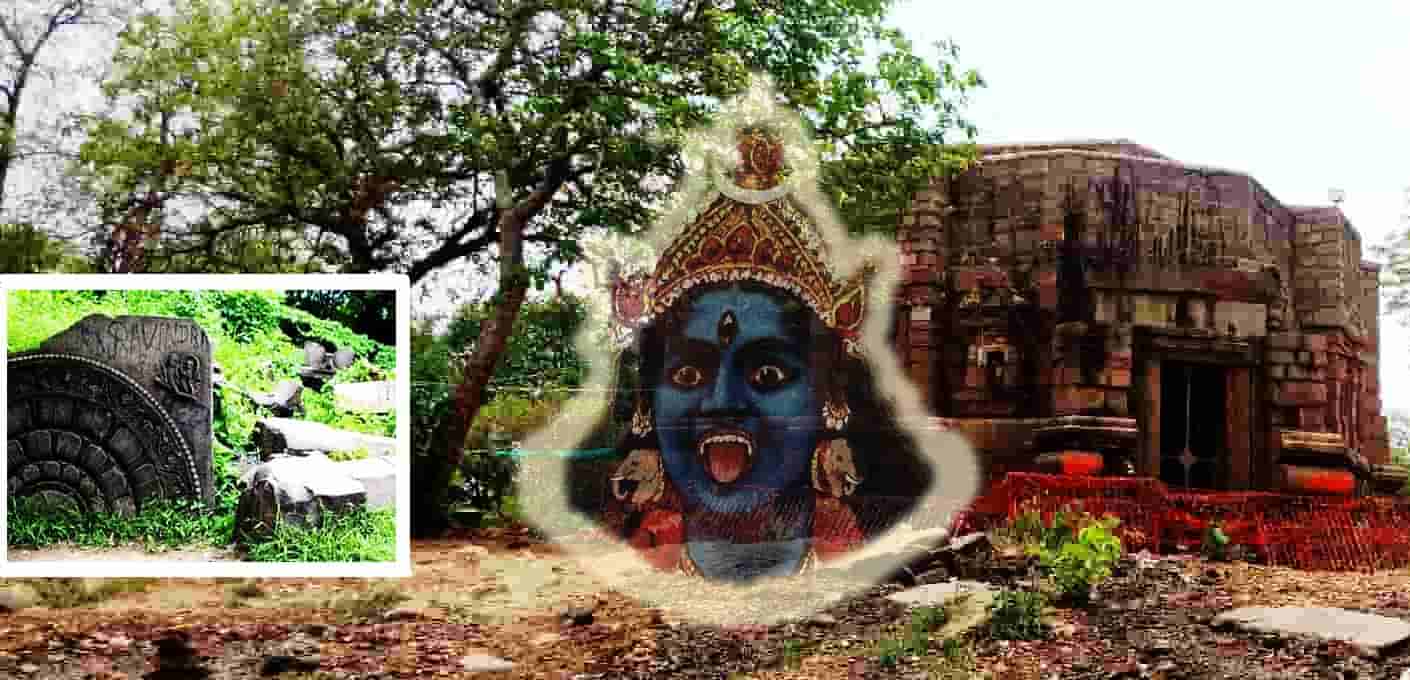Located atop Pawara Hill in Bihar’s Kaimur district, the ancient Maa Mundeshwari Temple draws thousands of devotees during Navratri, continuing its centuries-old tradition of bloodless sacrifice and harmonious worship as reported by the NDTV.

A Sacred Hilltop Legacy
Believed to date back as far as 625 BC and widely regarded as the oldest functional temple in India, Maa Mundeshwari Temple sits on a lone hill surrounded by forests. Built in an octagonal structure, rare in Hindu temple design, the shrine is dedicated to both Goddess Durga (Mundeshwari) and Lord Shiva, worshipped here in his unique four-faced (Chaturmukha) lingam form. This dual worship symbolizes a spiritual balance of feminine and masculine energies.
Unique Ritual: Bloodless Goat Sacrifice
One of the most distinctive aspects of the temple’s worship is the bloodless goat sacrifice, practiced when devotees’ wishes are fulfilled. Instead of actual slaughter, the goat is presented before the deity, faints momentarily after hymns and rituals are performed, and is later revived with offerings of rice and flowers. Priests and devotees believe this symbolizes the Goddess accepting the offering without the need for violence.
Massive Influx During Navratri
The Sharadiya Navratri Mela sees lakhs of devotees, primarily from Uttar Pradesh and Bihar, ascending the 600-foot hill to seek blessings. On the sixth day of Navratri alone, over 80,000 pilgrims had already visited by noon, with numbers expected to cross one lakh by evening. Police personnel, scouts, and volunteers were deployed for crowd management, along with provisions for drinking water and shade.



